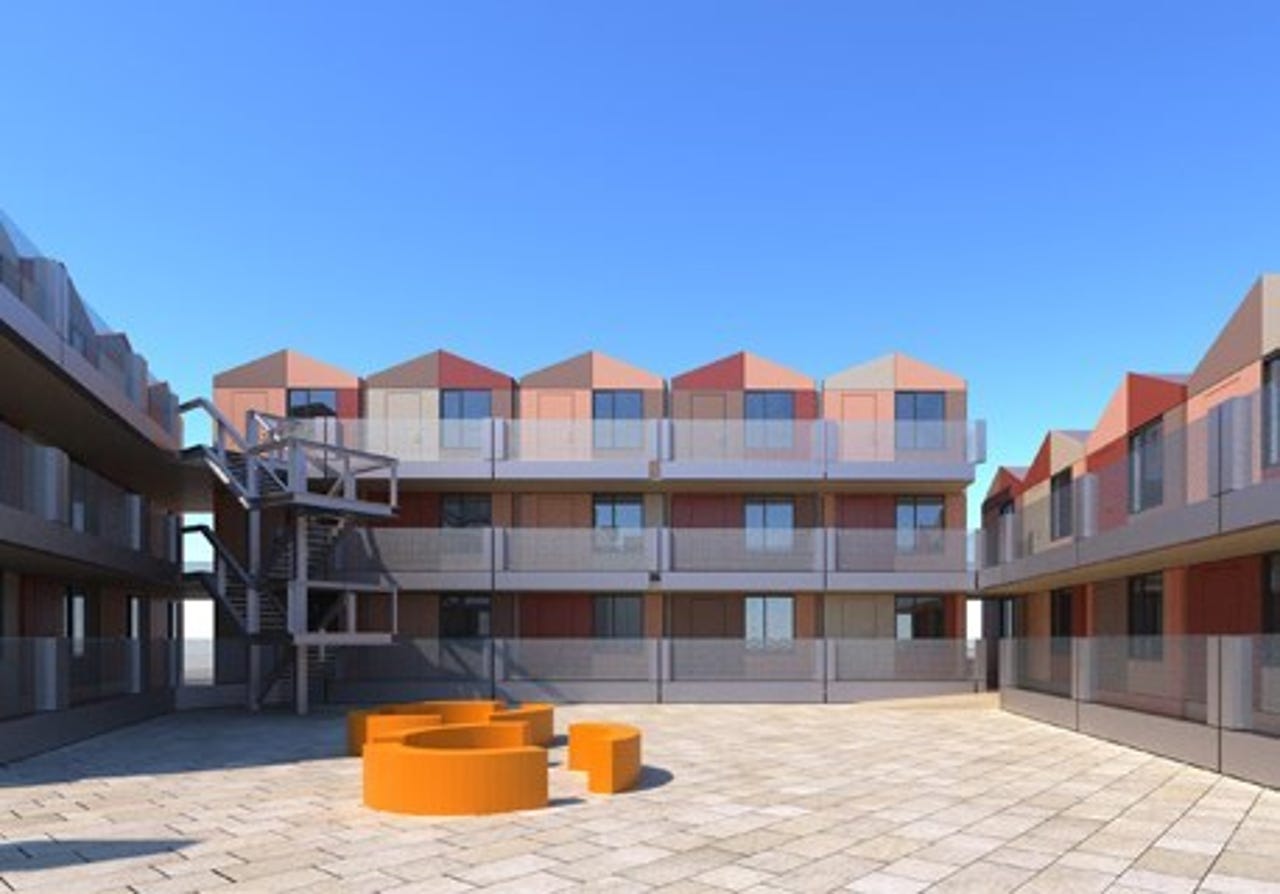Prefab homes launched to solve housing crisis in London

As a Londoner, I agree that the city is a very expensive place to live. Rent, rising costs of living, the incessant nagging of utilities and the government to hand over more of your wages (we've all moaned about this many a time), no matter how much you earn, you'd always like a little more in your pocket.
While rent goes up and up in the city -- you're talking £2500+ a month for a studio in the center of town, and a little less the further out you go -- it can make more sense to commute from another county to work in the city to save money
The city needs low-pay workers, whether as servers, bar tenders or interns, to keep going but long commutes cost money and the environment.
The YMCA, a non-profit organization, came up with a plan to try and make living in London less expensive. The firm has built cheap, self-contained apartments that cost only £50,000 -- unheard of in London -- that are built at a factory and can be set in a new location almost instantly.

Read on: Fast Co.Exist
This post was originally published on Smartplanet.com